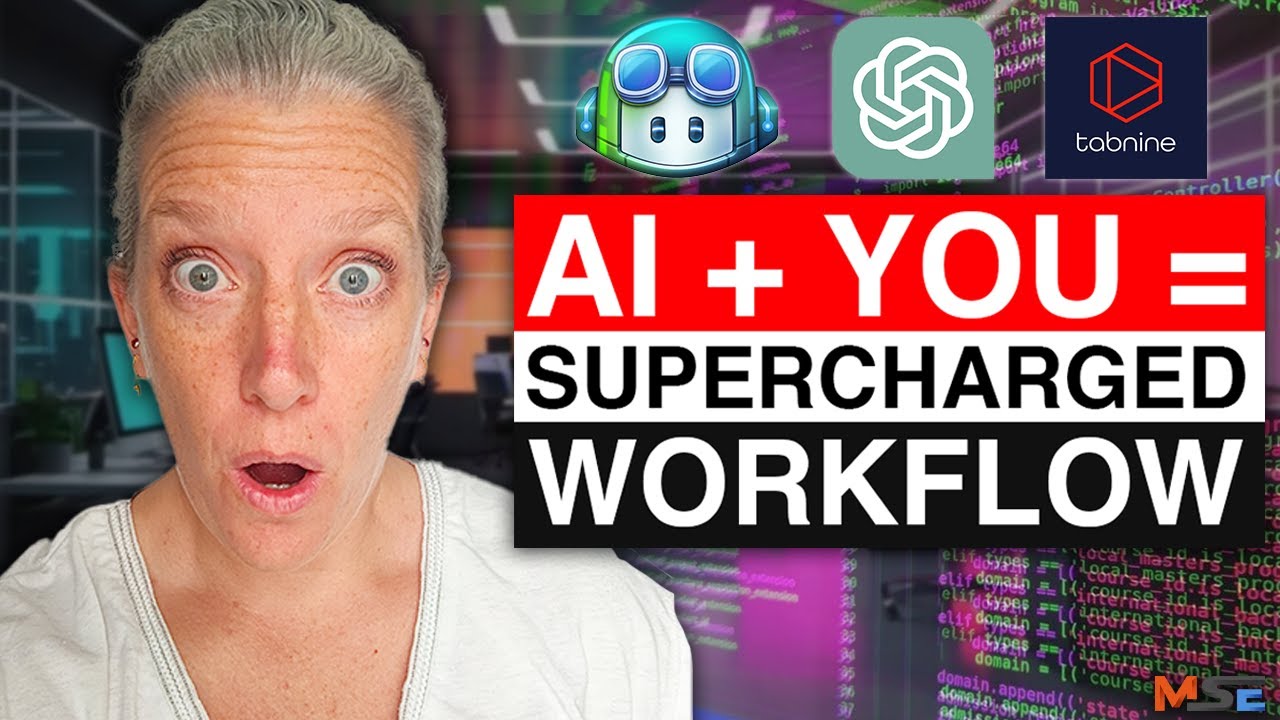The video explains how AI tools are transforming daily software development by providing advanced code completion, generation, and project management capabilities within IDEs, enhancing developer productivity. It emphasizes that while these tools are powerful, they complement rather than replace human judgment, and developers should evaluate their needs and trade-offs to effectively integrate AI into their workflows.
The video provides an overview of how AI tools are transforming daily software development practices, focusing on their use within integrated development environments (IDEs) and beyond. It explains that AI assistance in coding has evolved from simple machine learning features, such as improved code completion suggestions, to more advanced capabilities like full-line and multi-line code generation. These tools help developers write code faster and more efficiently, often seamlessly integrated into their existing workflows.
The presenter discusses various types of AI coding assistants, starting with machine learning features embedded in IDEs, which have been around for years. She then highlights full-line and multi-line code completion tools, such as Copilot and JetBrains’ AI assistant, which can generate larger code snippets and entire functions. These tools often include chat functionalities, allowing developers to ask questions, generate code, or get explanations directly within the IDE, making the coding process more interactive and supportive.
Further, the video explores the concept of AI agents and agentic AI, which are more advanced and capable of understanding the context of a project. These tools can plan, generate, and modify code with minimal developer input, often integrating deeply with project structures and version control. Examples include tools like JetBrains Uni and AI IDEs like Cursor, which can create, modify, and refactor code directly within the environment, offering a more holistic and automated approach to software development.
The presenter emphasizes that despite the impressive capabilities of these AI tools, they are not replacements for traditional tools or human judgment. Each tool has trade-offs related to speed, accuracy, scope of changes, offline capabilities, and privacy concerns. Developers need to evaluate these factors based on their specific needs, such as whether they require quick suggestions, large-scale code generation, or offline work, to choose the most suitable AI assistance.
In conclusion, the video underscores the rapidly evolving landscape of AI in software engineering, offering a variety of tools that cater to different workflows and preferences. It encourages developers to familiarize themselves with these options, consider their unique requirements, and leverage AI to enhance productivity while being mindful of the limitations and trade-offs involved. The overall message is that AI tools are becoming integral to modern coding practices, providing powerful support for developers in their daily tasks.
